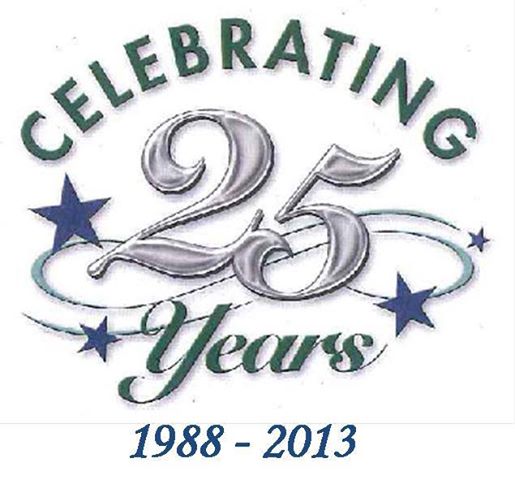


|
|
DVD:
The Next Generation of Media What
is DVD? DVD
stands for Digital Versatile Disc. It
is fastest growing consumer electronics product ever, with its growth surpassing
that of VCR's or CD players. Simply
put, it is a disk that looks very similar to a CD, but can hold up to 25 times
more audio, video, or PC data than its predecessor and is 9 times faster.
The good news is, they are backwards compatible, so your new DVD drive
will read all your CD's as well. DVD
drives greatly optimize the performance of graphics or multimedia-heavy programs
such as games or reference works. The
most popular application, however, is for watching video movies.
DVD-Video uses MPEG-2 compression which is the same type of encoding used
for DSS, digital cable, HDTV (high definition television) and SDTV (standard
television). What this means to you
is a higher picture quality than what VHS tape can provide.
Videotapes will start to show wear after several viewings, whereas DVD
movies will not degrade. You can
also skip to any part of the disc without waiting while it rewinds or fast
forwards. Ok,
now you’re thinking, “I’ve got to have a DVD drive”. So how do you decide which type to buy? First,
decide whether you’ll want a hardware or software based combination.
To get the most from your DVD, especially for video, get a kit that uses
a hardware decoder board. If cost
is a factor, you may opt for the slightly slower software based version.
A DVD usually comes in the form of a drive kit that is ready to be
installed in a computer. Alternately,
you can buy a straight DVD-ROM drive and mix and match it with an MPEG-2 decoder
board. Many of the newer video
cards come with software DVD capabilities already built in.
Does this all sound confusing? Your
best bet is to buy an upgrade kit that is pre-tested to work together properly.
Keep in mind your system must have at least a 133 MHZ Pentium or
equivalent processor to run one of these drives. Next,
you need to decide whether to attempt installing the unit yourself.
In most cases, you will want to have a professional do the installation.
They will warranty their work and will be able to take care of any
conflicts which may arise. Lastly,
make a trip to the local video rental store and pick up some movies and popcorn. For
those of you who do not have a computer but wish to enjoy the clarity of DVD, a
standalone unit is also available that sets on top of your TV and hooks up like
a VCR. DVD
will soon replace the old VCR tape movies the same way audiocassettes replaced
vinyl. In the words of Eric Olson of DVD.COM, “The future of home video is clearly DVD.” |
|